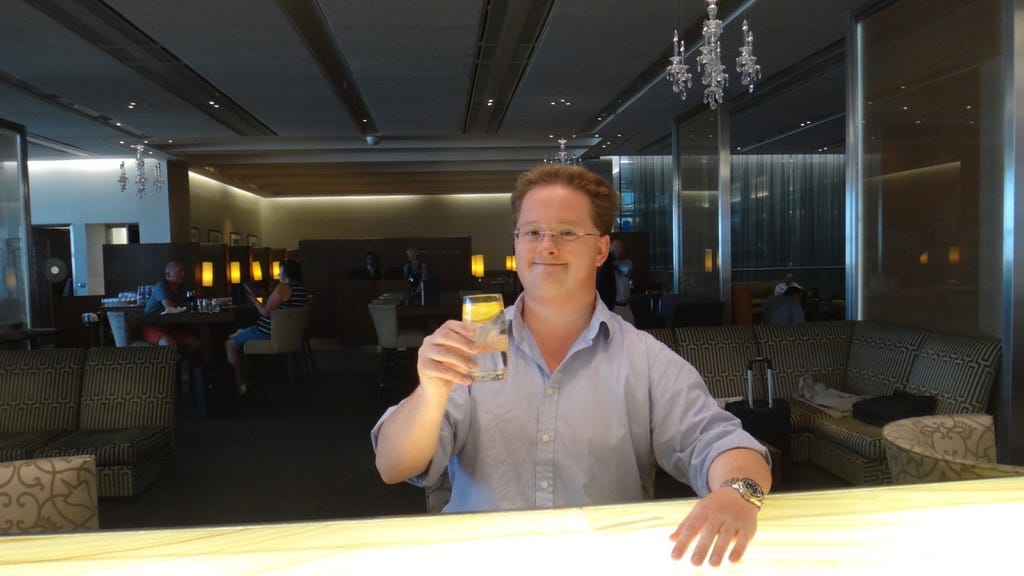BA's Missed Opportunity
Changes to the London-based carrier’s loyalty programme will not benefit lounge users
British Airways have changed their tier point qualification thresholds by moving to a revenue-based programme for earning status. There has been much wailing and gnashing of teeth.
Don’t worry, I am not writing a long article about whether or not spend-based status is a good idea (it isn’t). And I am not going to write about whether or not the new tier t…



